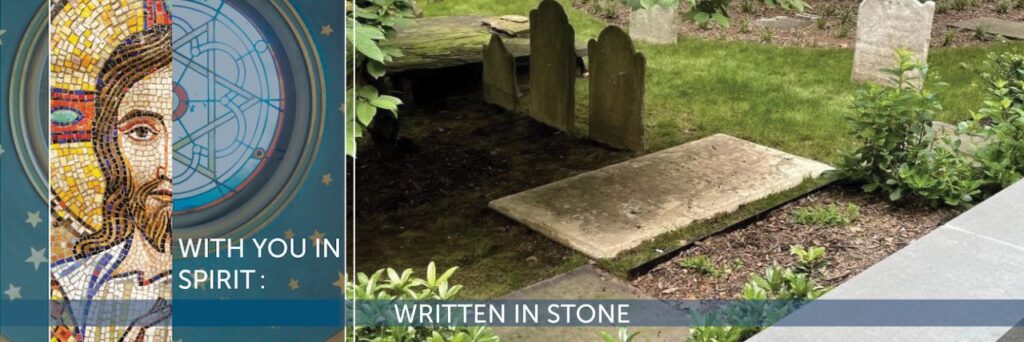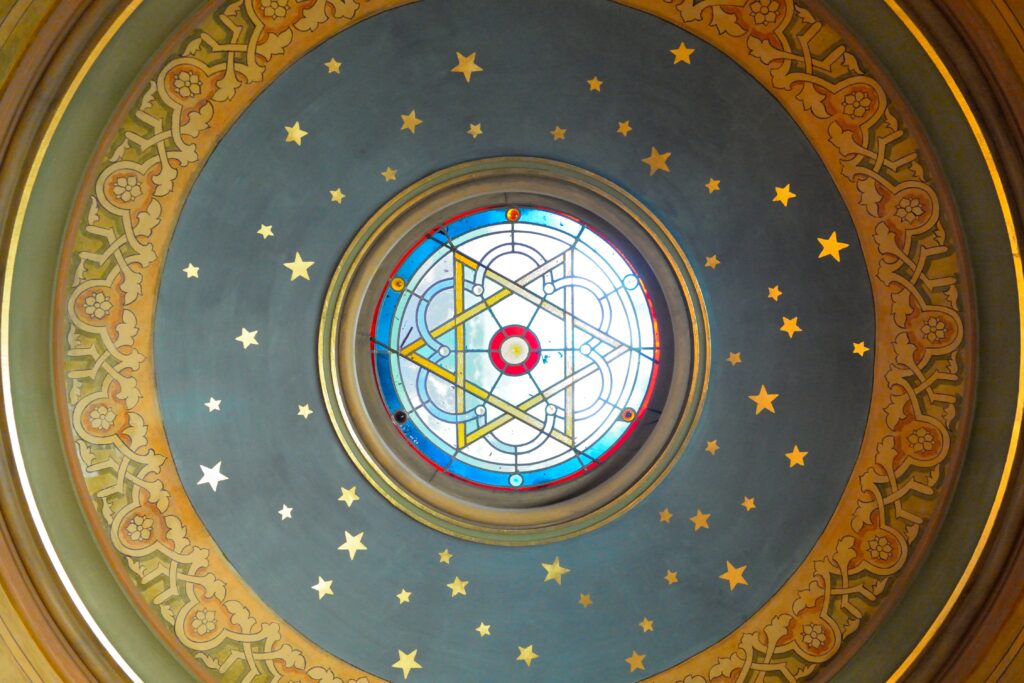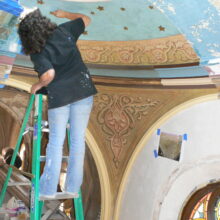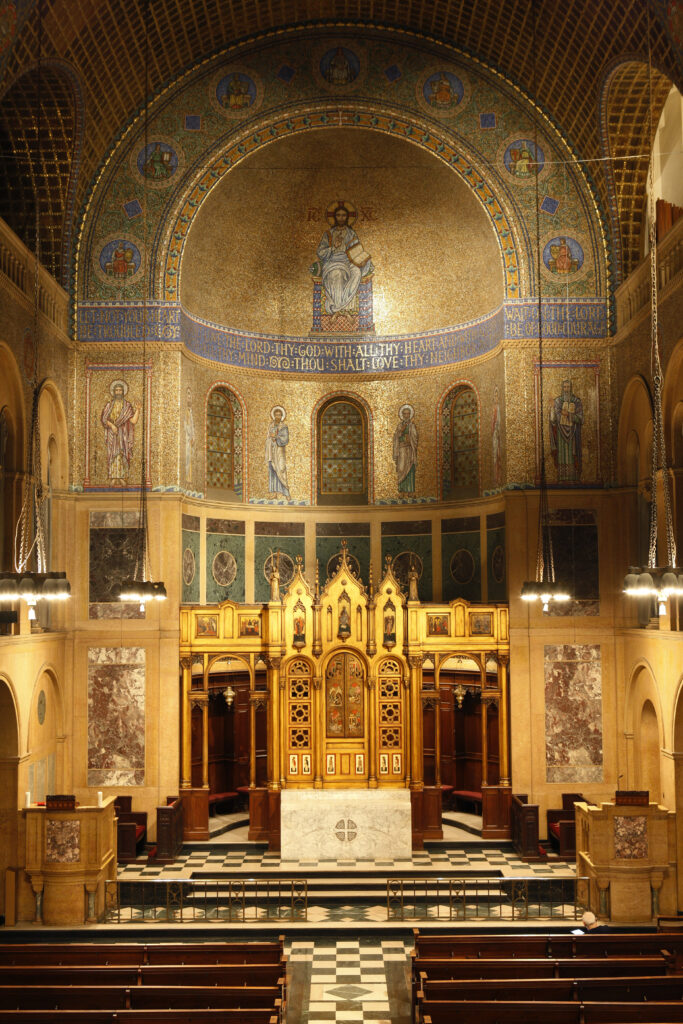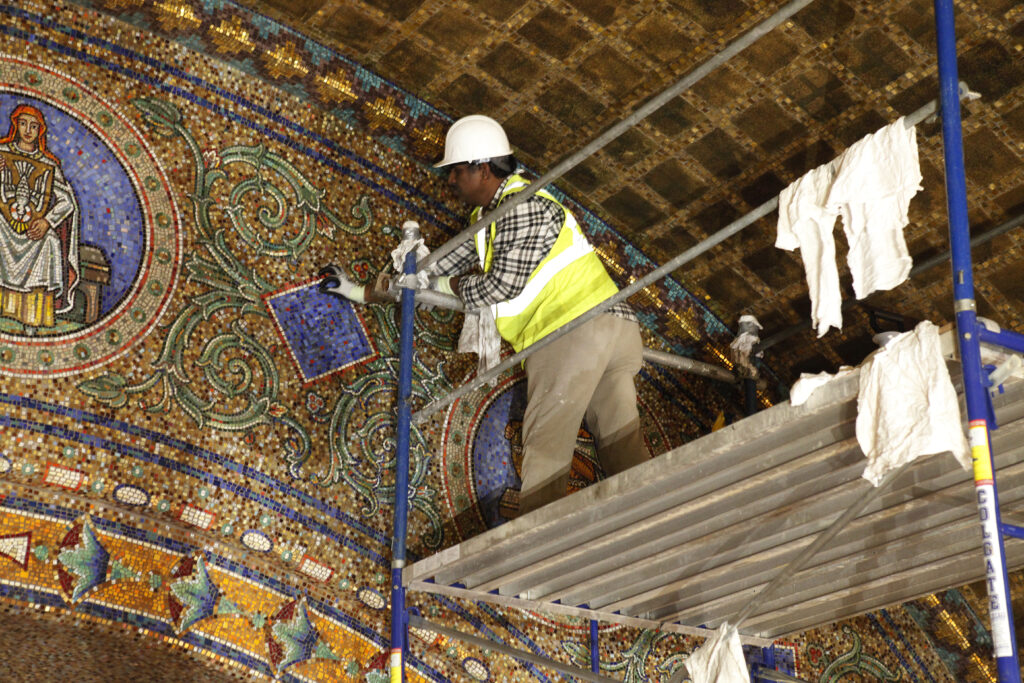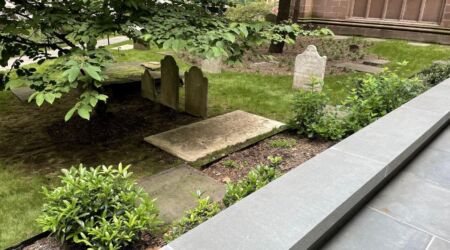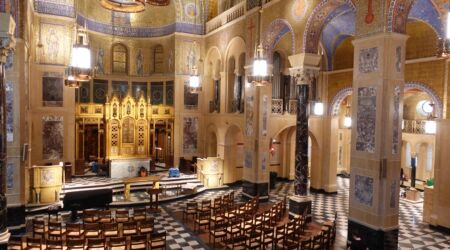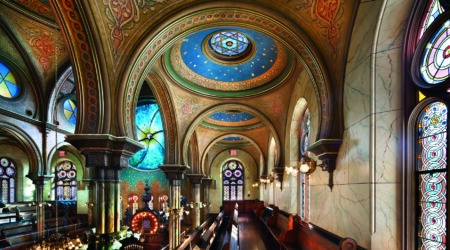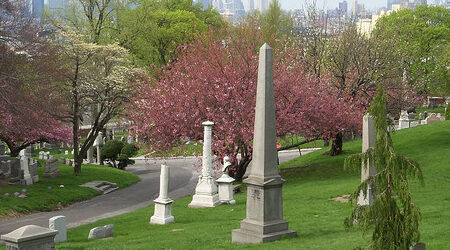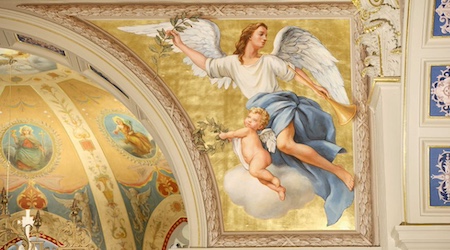The human race has, in short, had no important thought which it has not written in stone. -Victor Hugo, Hunchback of Notre Dame
At some time over the past year, most of us have told loved ones we’d be with them in spirit for holidays, graduations, birthdays, or funerals. The expression long precedes the COVID pandemic (appearing in St. Paul’s letter to the Corinthians), but this era has given the expression new life as we have figured out creative ways to be present with those we cannot share physical space with. In The Hunchback of Notre Dame Victor Hugo described architecture as “the chief register of humanity” writing “The human race has, in short, had no important thought which it has not written in stone”. If that is so, might we find expressions of what it is to be present in spirit in the architecture of our own communities?
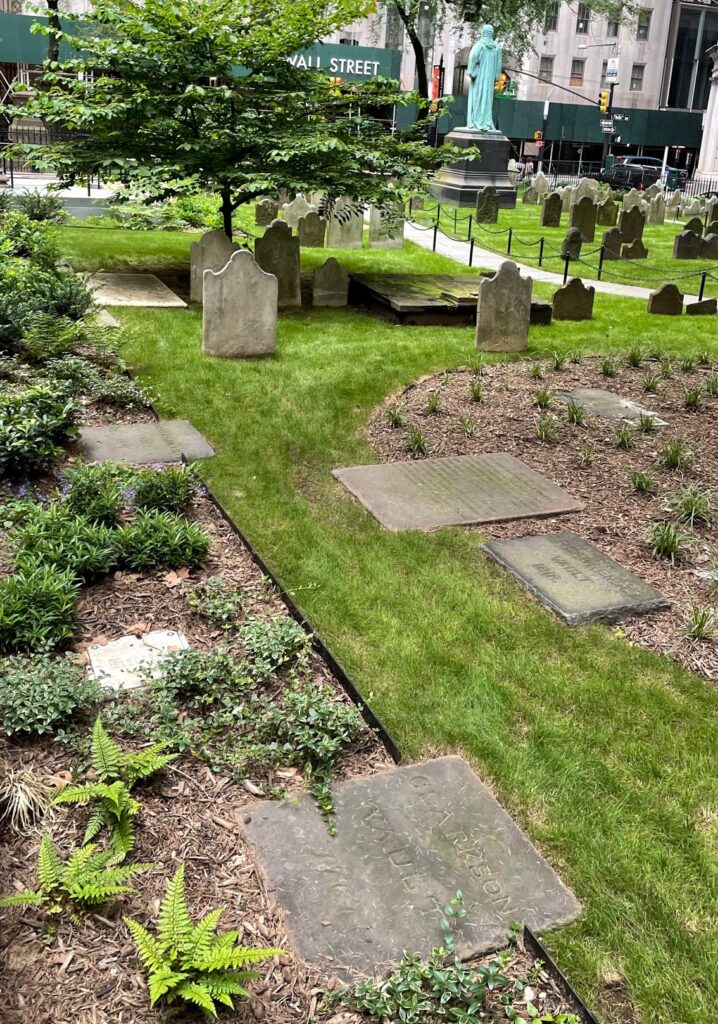
A readily identifiable indicator of the instinct to be with those whose physical presence we are deprived of are grave markers. Just steps from Wall Street, alive with commuters, tourists, workers, and residents, is Trinity Episcopal Church’s cemetery (left). The burial ground is a vanitas, a reminder that this life is temporal and fleeting, but each individual monument suggests the eternal nature of the soul whose name is emblazoned upon it. A marker invites a kind of conversation. Tending or visiting a grave is a way to be with someone who is no longer with us. Those known to the departed may bring flowers, say a prayer, or speak to their relation. Those passing through may read a hitherto unknown name and wonder quietly (or even out loud) “And who are you?” piecing together clues of a life from the symbols, words, and dates inscribed in stone.
The stars scattered in the ceilings at Eldridge Street Synagogue (above) invite those who enter to be with Abraham as he heard the Lord’s promise “I will make your descendants as numerous as the stars in the sky” Genesis 12:4, and to be with the future descendants of the countless Americans across the United States who trace their ancestry through twentieth-century immigration by way of Ellis Island to the Lower East Side and observances at the Eldridge Street Synagogue.
Jesus’ promise to his followers “and lo, I am with you always, even to the end of the age,” Matthew 28:20 is a complex theological concept articulated by exquisite mosaic at Christ Church, United Methodist (above) on Park Avenue. The recently restored Christ Pantocrator (a Byzantine representation of Christ as the ruler of the universe) fills the dazzling apse of the sanctuary, ever-present, gazing upon all who gather below in praise and supplication. The doors of Christ Church are open all day, and the image of Christ is generally in the company of visitors who stop in throughout the day to sit quietly, pray, and contemplate. The bell towers that rise from the Roman Catholic Cathedral of St. Patrick or the Episcopal Cathedral of St. John the Divine in Manhattan, the Co-Cathedral of St. Joseph in Brooklyn (below), and countless churches around the world visually allude to a call to prayer by bells (even when they aren’t ringing).
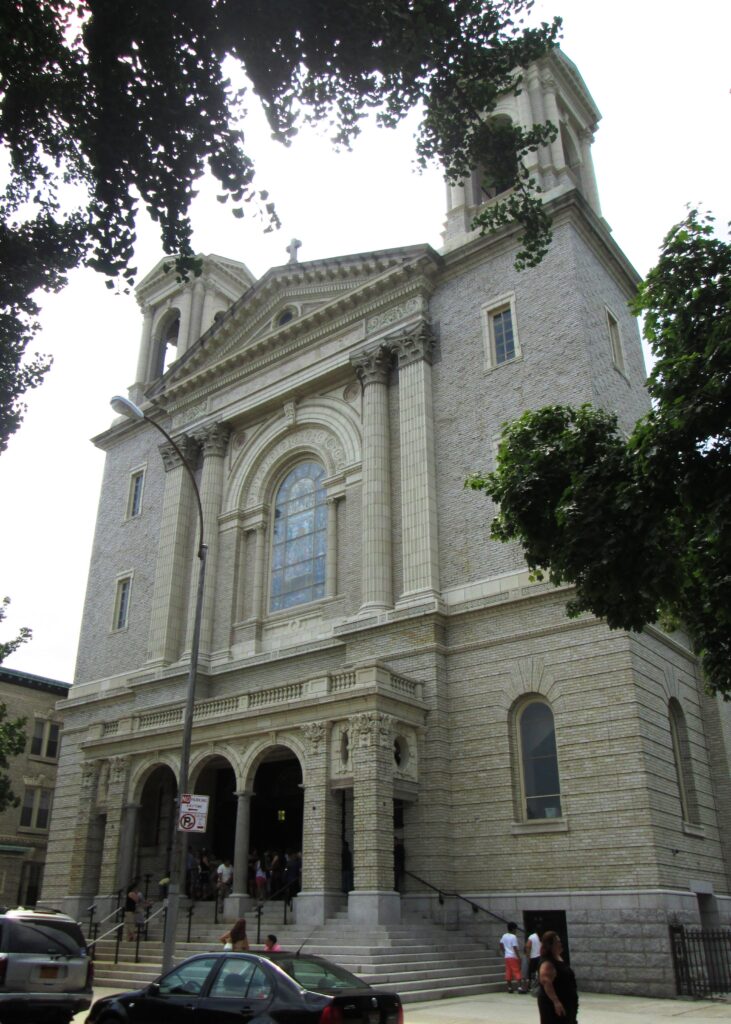
In addition to announcing cause for joy or alarm, the ringing of bells signal times of prayer: communal prayer services, daily recitation of the Lord’s Prayer, Mass, the Angelus (a personal and communal Marian devotion), times of the liturgy of hours (scriptural readings, psalms, hymns, and litanies), and feast days. Because readings and prayers are selected for each day of the liturgical calendar individuals in full congregations or empty rooms across the globe may open their prayer books to the same readings and prayers as clergy and countless lay people to pray together at a distance. These architectural examples, and many more that populate the land and cityscapes of our communities speak to us of what is to be present in spirit. The next time you make the acquaintance of a house of prayer, here in the state of New York, or anywhere your physical (or virtual travels take you) take a little time to look for the thought recorded in its structure and ornamentation.
Emily Sottile, Director of the Sacred Space Studio for NYLC’s Common Bond
